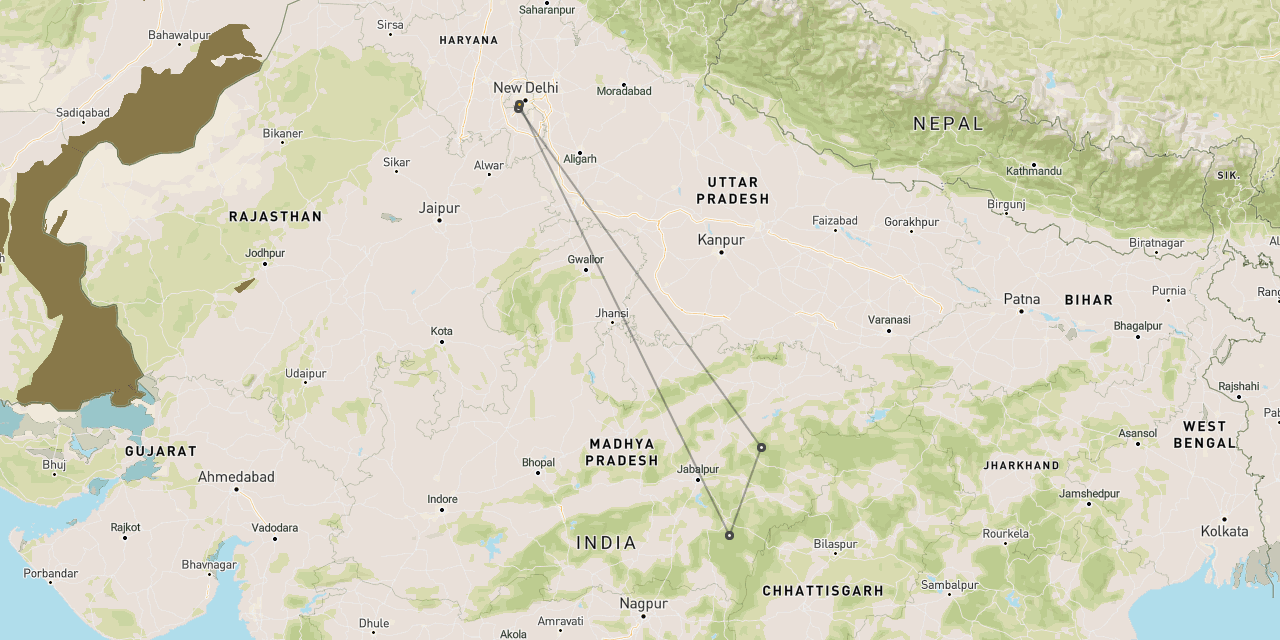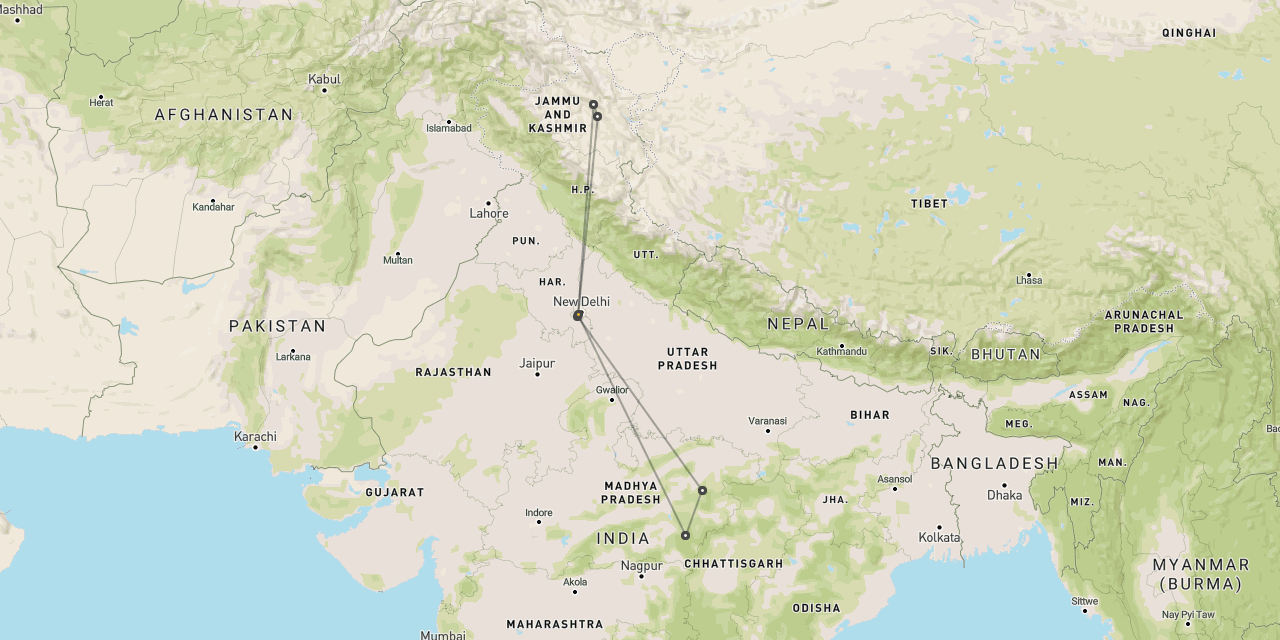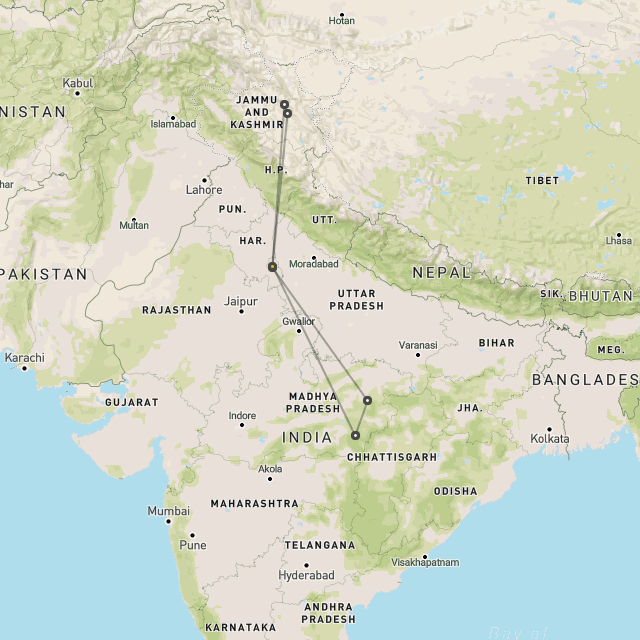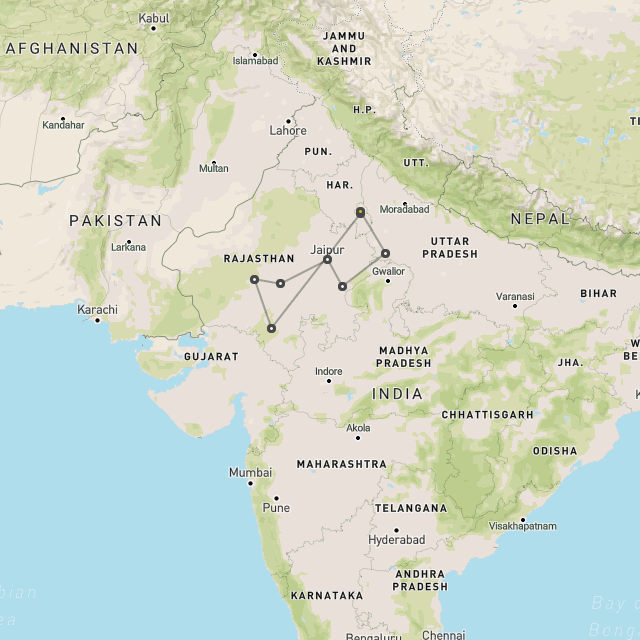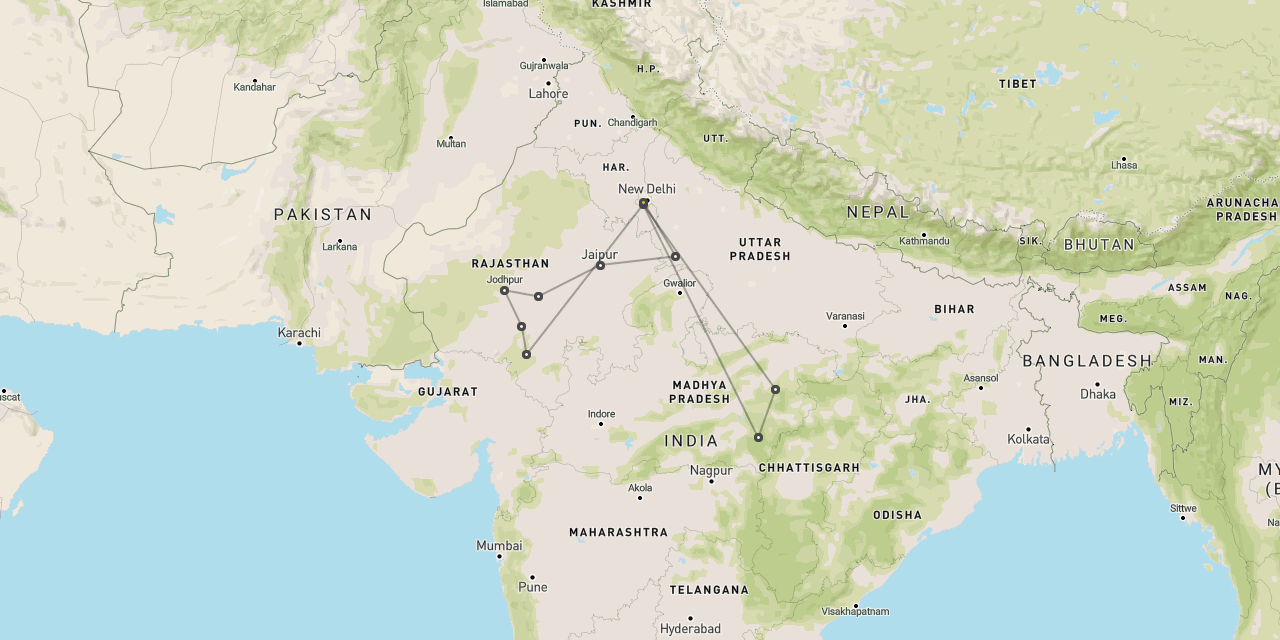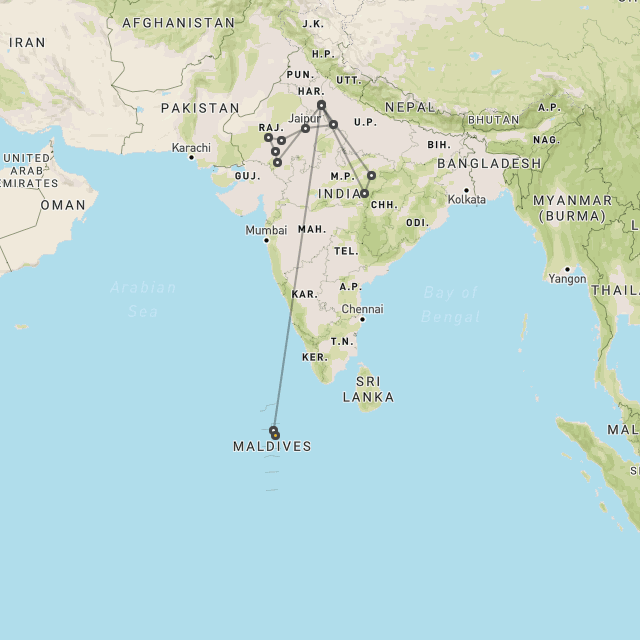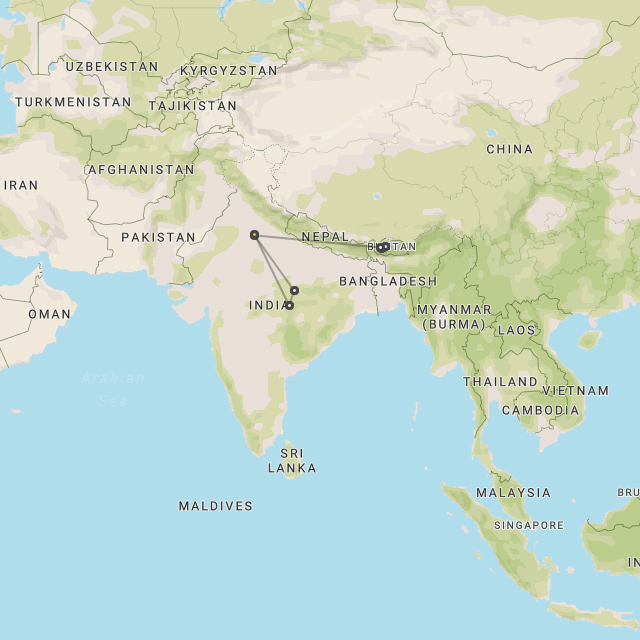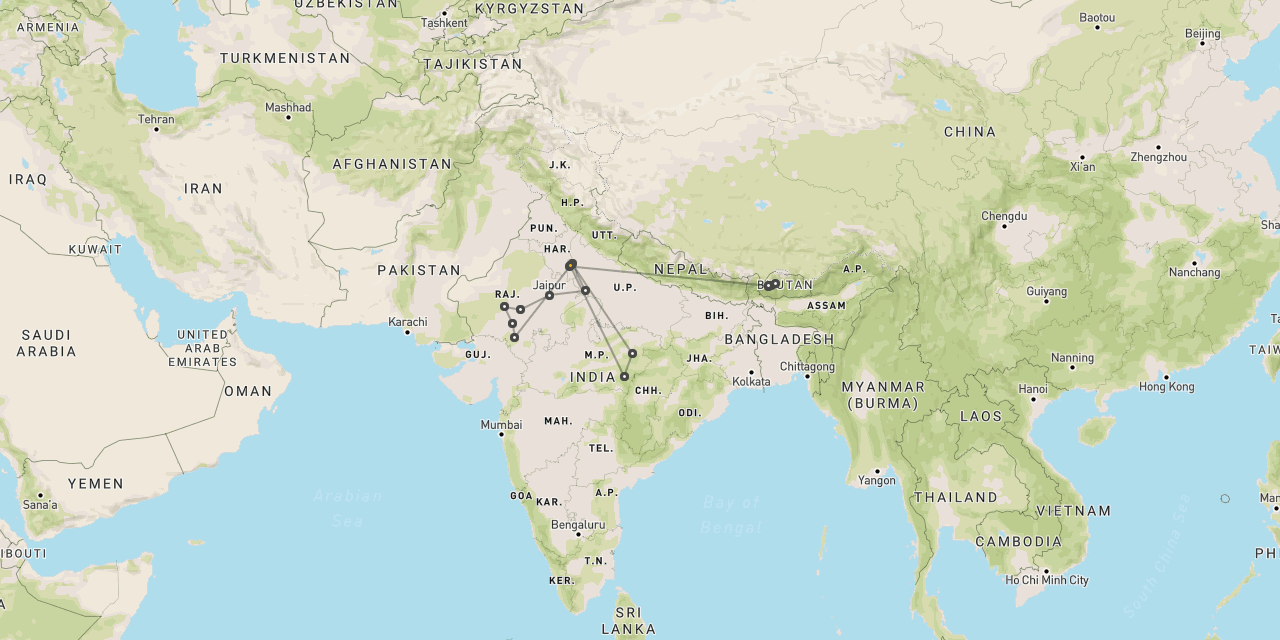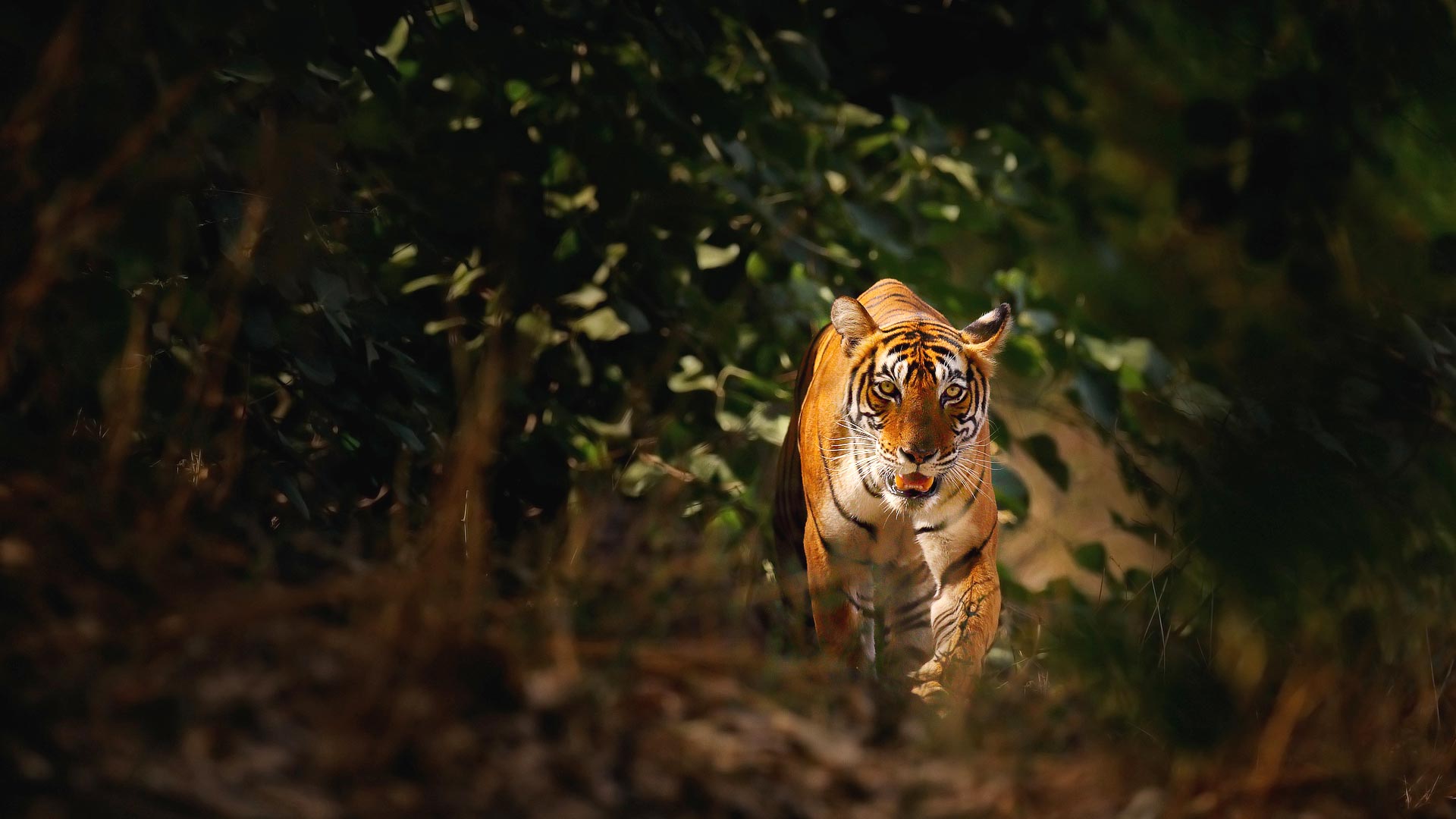
Tiger safaris
Tigers
are the ultimate felines,
the perfect blend of beauty and power
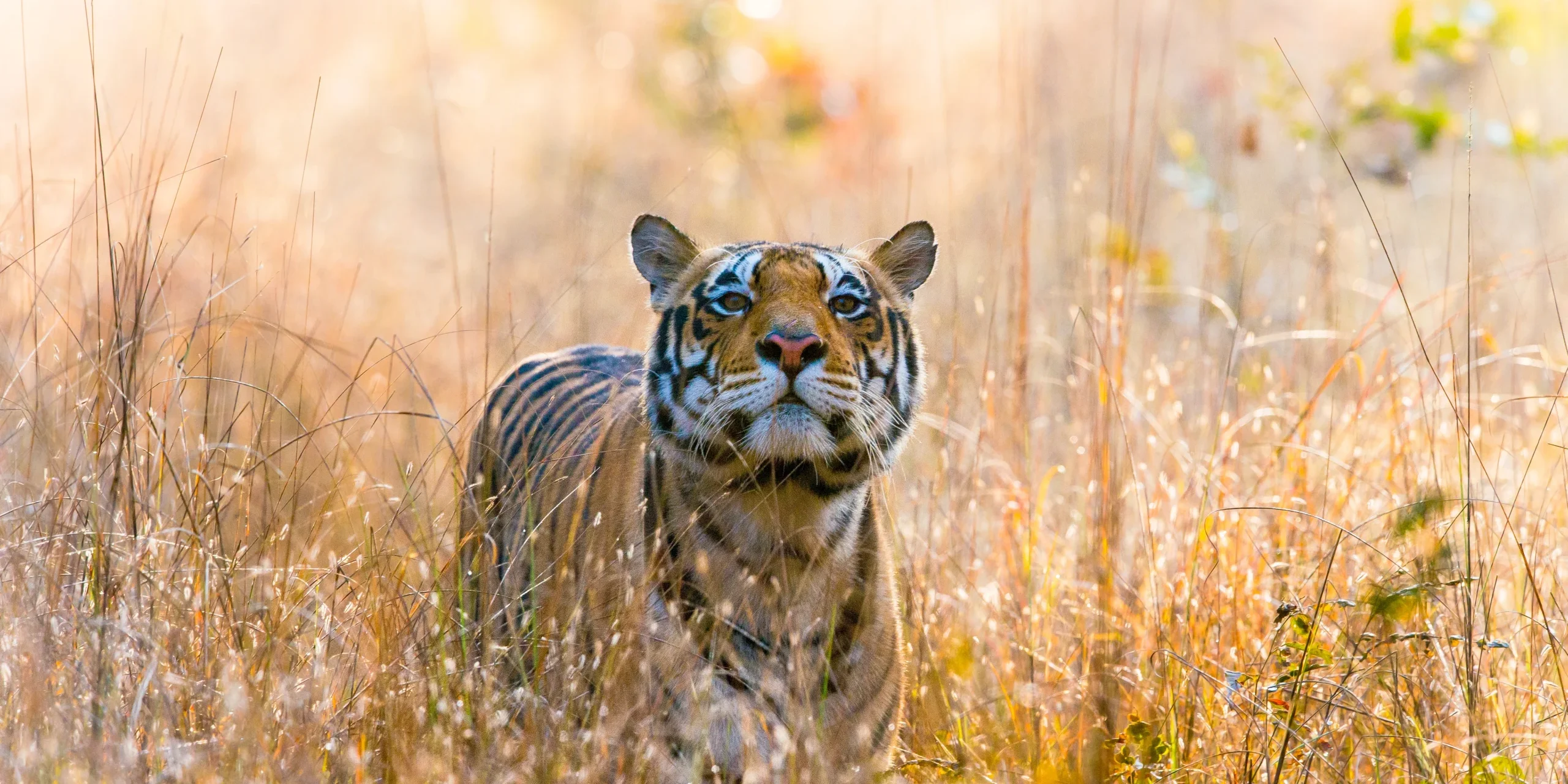
extremely solitary cats with enormous home ranges
Tigers are the largest cats in the world, ahead of lions, jaguars, pumas and leopards.
Like most cats (other than lions), tigers are largely solitary creatures, with males living their whole lives alone, other than during territorial fights and mating events.
Females are often found in the company of one to three cubs, which can stay with her up to three years, before she kicks them out. Siblings may then remain together for a period.
Tigers require very large home ranges, both in order to find sufficient prey and retain suitable distances between each other.
This means that in most reserves (especially in India), the maximum carrying capacity for tiger populations is typically limited to 30-70 individuals. Beyond this and human-tiger conflict starts to increase in the rural areas beyond the buffer zones.
Frequently asked questions
The most accessible sub-species is the Bengal tiger, which can be found in a wide range of reserves across India, as well as in Nepal and Myanmar.
India has put a great deal of effort into tiger conservation since around 1970, expanding and increasing the integrity of a whole host of reserves, putting enormous resources into anti-poaching and re-establishing populations where they had become locally extinct.
India may not have the same enormous wild spaces that the wildlife enjoys in other parts of the world, but the country has done a great job of looking after this iconic animal.
Low quality experiences
The problem with tiger viewing in India is that the very strict park regulations make it very difficult for top guides to deliver high quality safari experiences. The vast majority of visitors are only likely to see a tiger when surrounded by a horde of heavily loaded vehicles. It really isn’t ideal.
But there are a few things that you can do if you want a higher quality safari experience …
In some of the parks it is possible to pay extra to get what is called a ‘Photographer Permit’. This entitles you to stay in the reserve all day, instead of the usual two hours early morning and late afternoon. That should give you at least 2-3 hours on your own in the reserve, free to go where you choose and to spend quality time with the wildlife. However, these permits are shockingly expensive.
Best time of year
The heat of the day can be really oppressive, especially as the Nov-May season builds into the last two months, but this does mean that the tigers are increasingly likely to come to the waterholes to bathe. Sightings climb dramatically into April, but you certainly pay a price with the heat. The lodges do have air-conditioning.
Best locations
The best areas for tiger viewing are Bandhavgarh, Kanha and Pench (in the central province of Madhya Pradesh) and Ranthambore (in Rajasthan, south of Delhi).
Elephant-back safari
The second option is to head to one of the few reserves that still offer elephant-back safari. Until around 2019 this practice was widespread, but has now been banned in most areas.
We are very strong advocates of animal welfare and have supported the ban on elephant-back safari in Africa, but here in India, where the tradition dates back thousands of years, we have more mixed feelings.
The reserves which still offer elephant-back safari are those which lie further north, at the foot of the Himalayas, most notably at Kaziranga. Here the elephant grass can grow to 3 metres (15’), so finding tigers any other way can be a major challenge.
Unfortunately, the elephant-back safari is operated exclusively by the park authorities, which means that safari operators have no control of the quality of the experience. You may go to all the effort, only to find yourself mixed up in a traffic jam of elephants around a sighting. But it’s usually pretty good.
In fact elephant-back safari can be an absolute delight. The wildlife simply does not recognise you as a threat, leaving you free to lumber along almost unnoticed.
Another option is to head to Nepal, where Bengal tigers can be sighted (with slightly less reliability) in the scenic Chitwan area, to the south of the country.
adding quality into the tiger experience
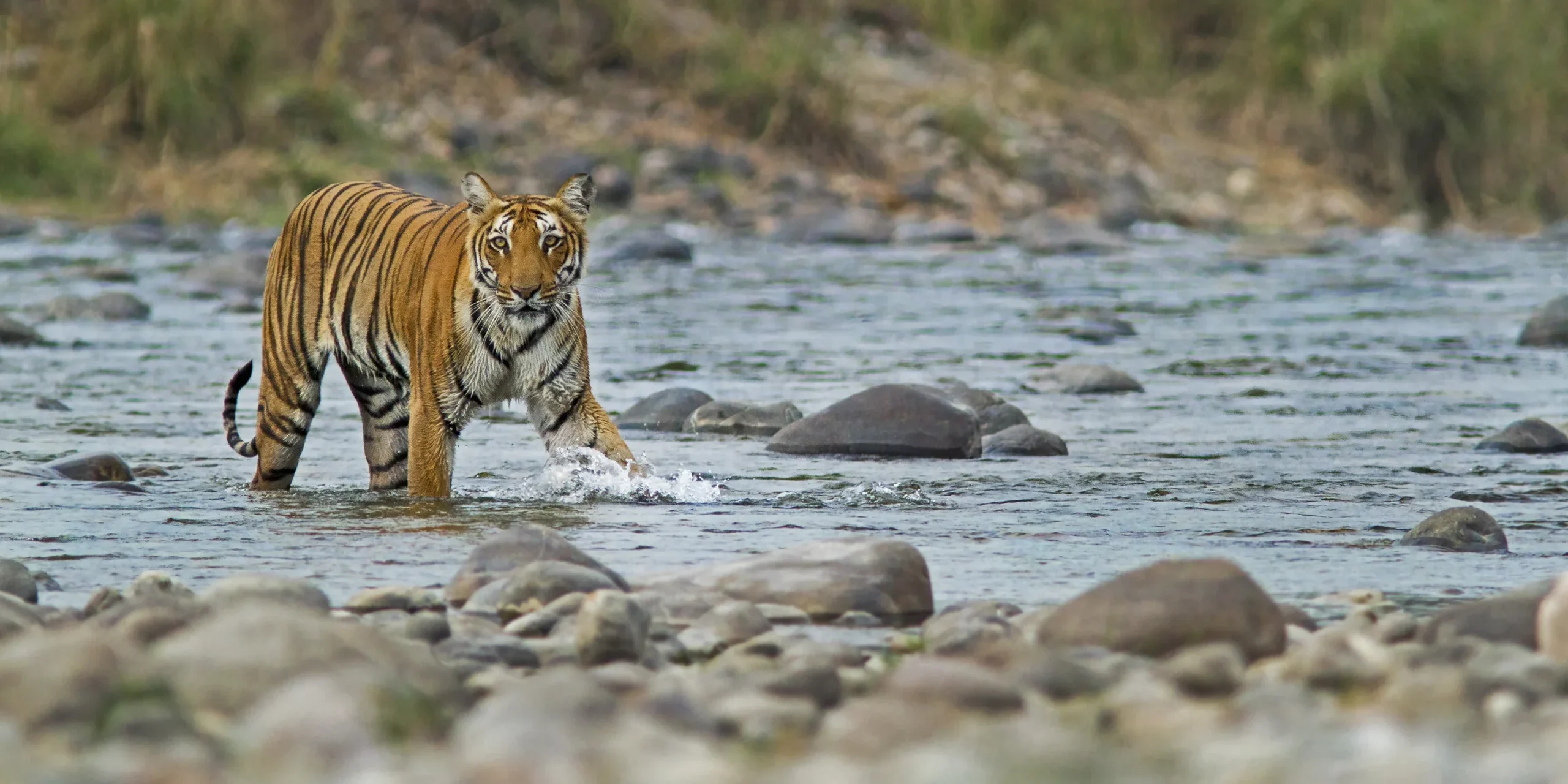
The home range of the Siberian tiger is the far southeastern corner of Russia and the very northeastern tip of China.
Although their numbers are now stable or increasing, thanks to extensive conservation efforts, there’s though to be only around 600 individuals in the wild.
We do not yet offer trips to this part of the world, but we will soon. Do ask us if you are interested, we do know the best operators.
tigers in the tundra
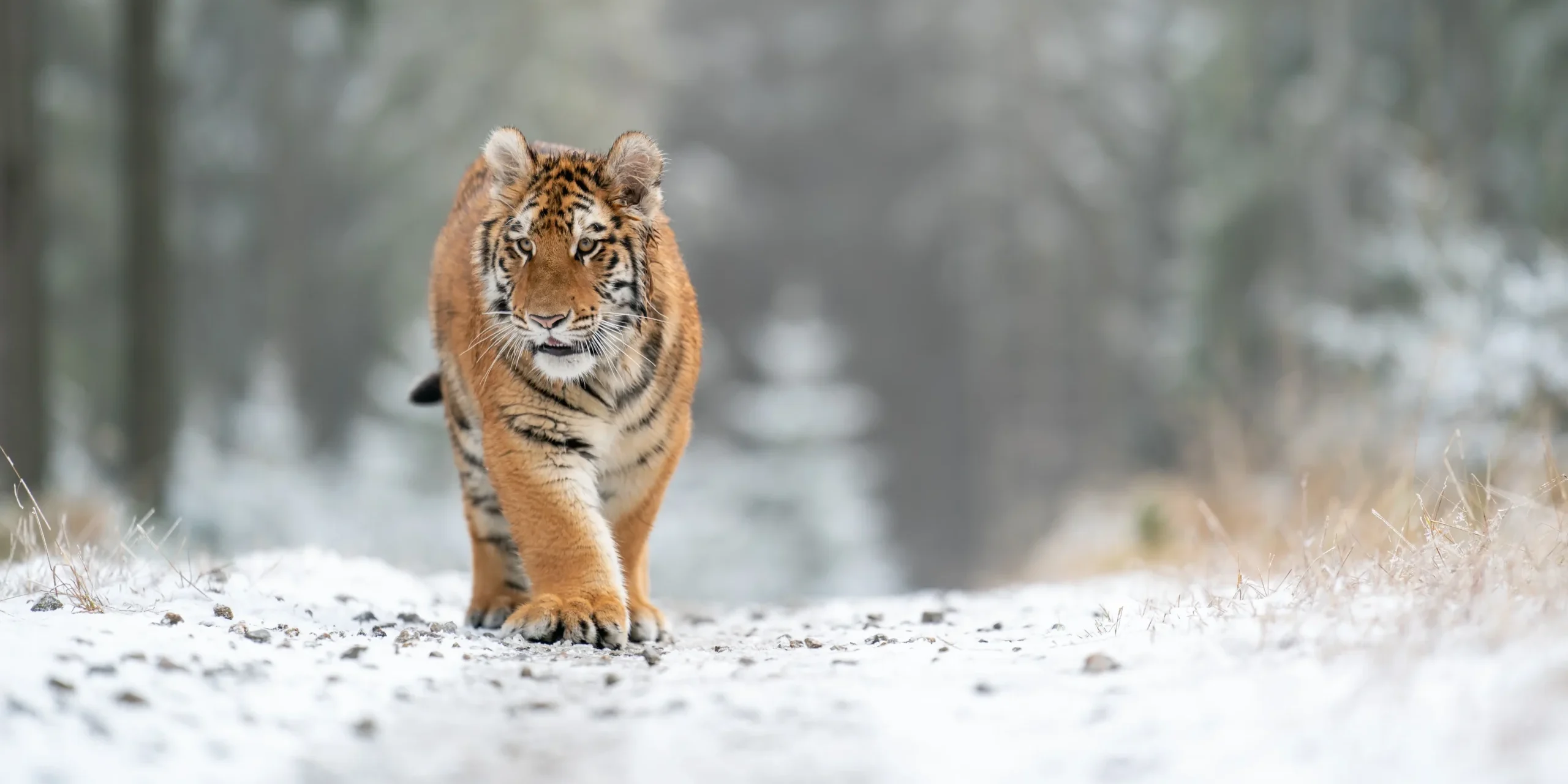
The home range of the Sumatran tiger is limited to small sections of the island of Sumatra in Indonesia.
Although their numbers are now stable or increasing, thanks to extensive conservation efforts, there’s though to be only around 500 individuals in the wild.
We do not yet offer trips to this part of the world, but we will soon. Do ask us if you are interested.
tigers on tropical islands
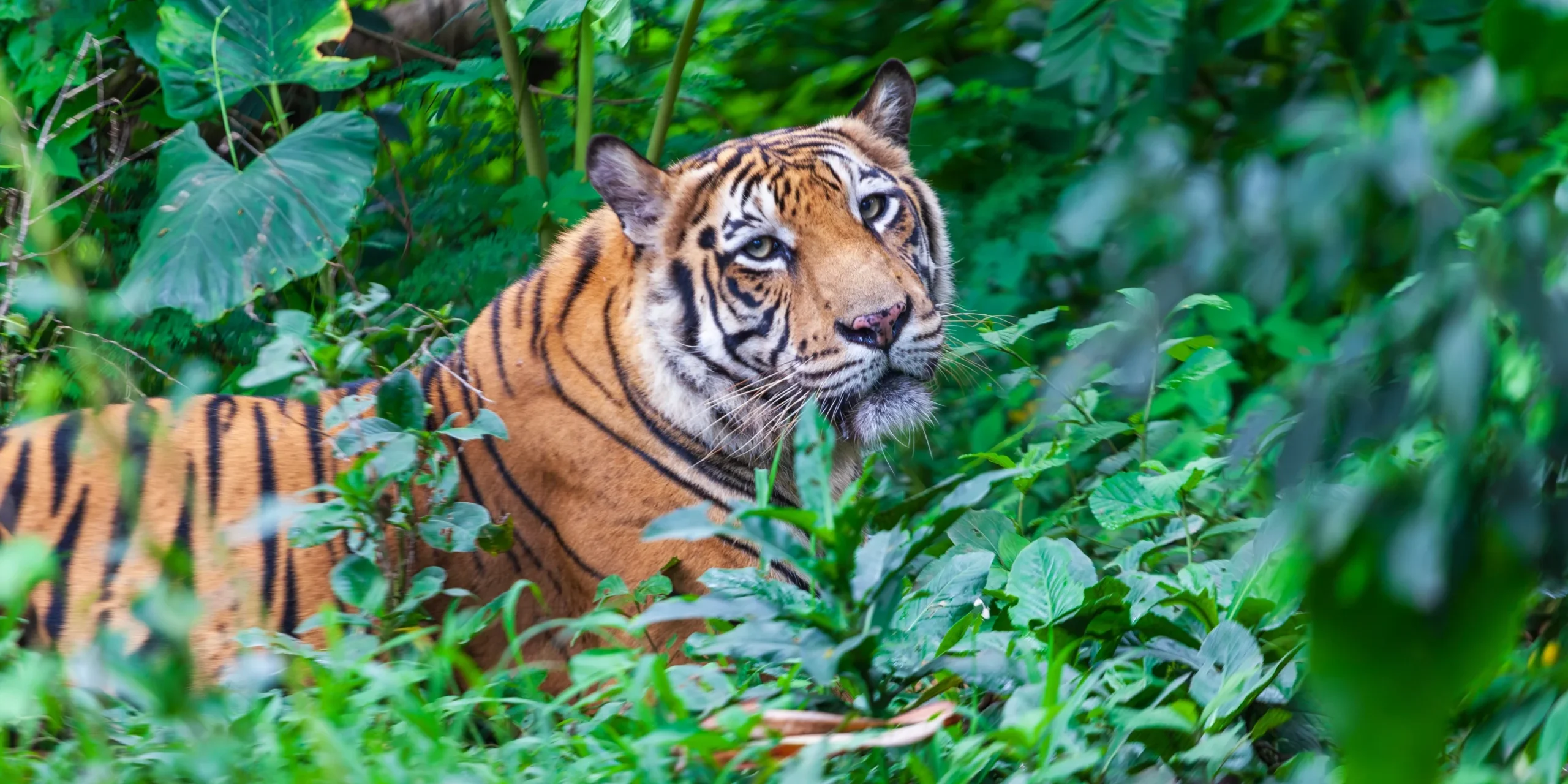
let us know about your specific interests
and we will help build an amazing safari
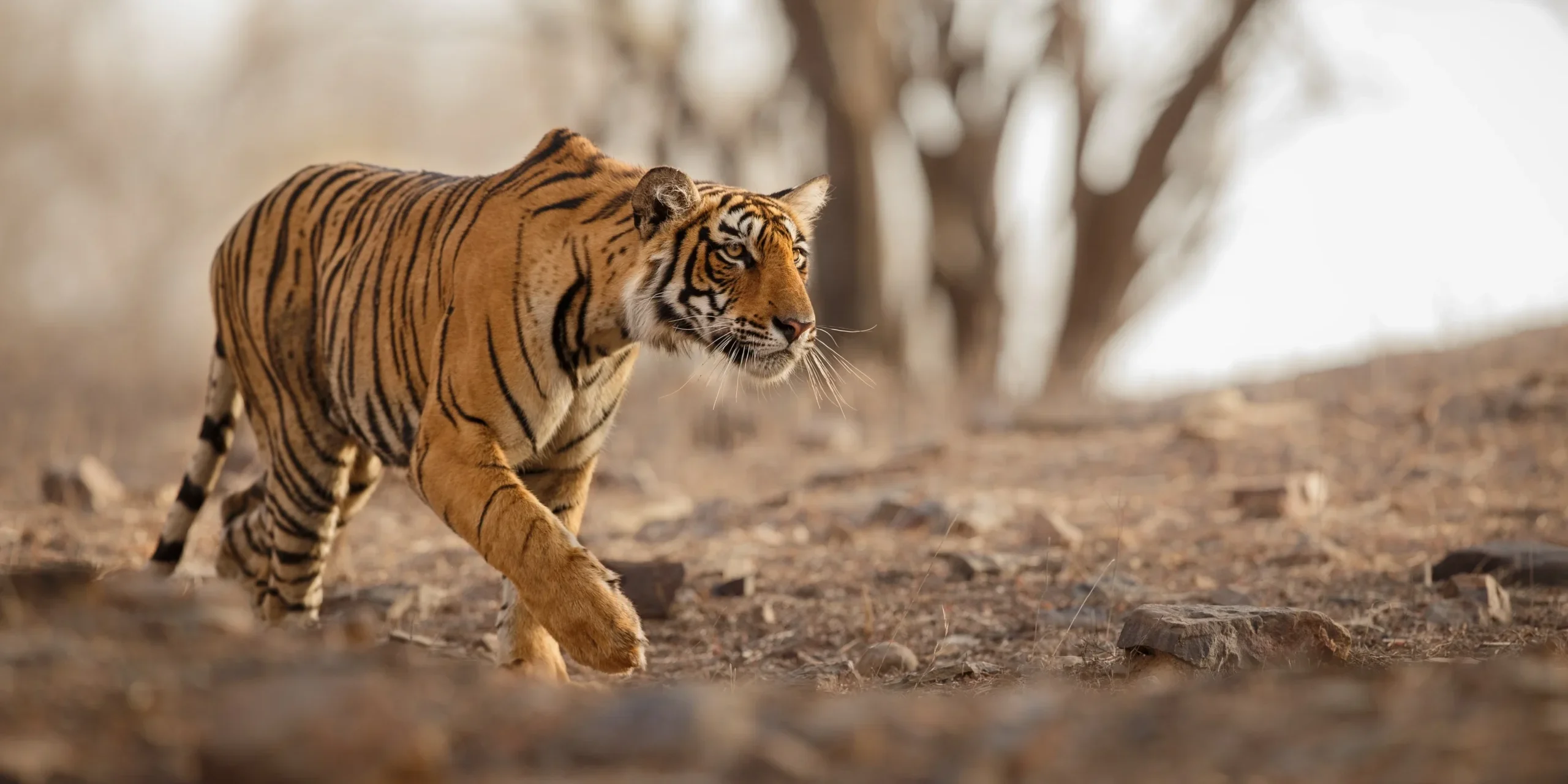
Extraordinary tailor-made adventures,
from earthy and edgy to easy and extravagant
From around USD 2500 per person, you set the ceiling
Sample Trips
Here are some of our popular trip shapes
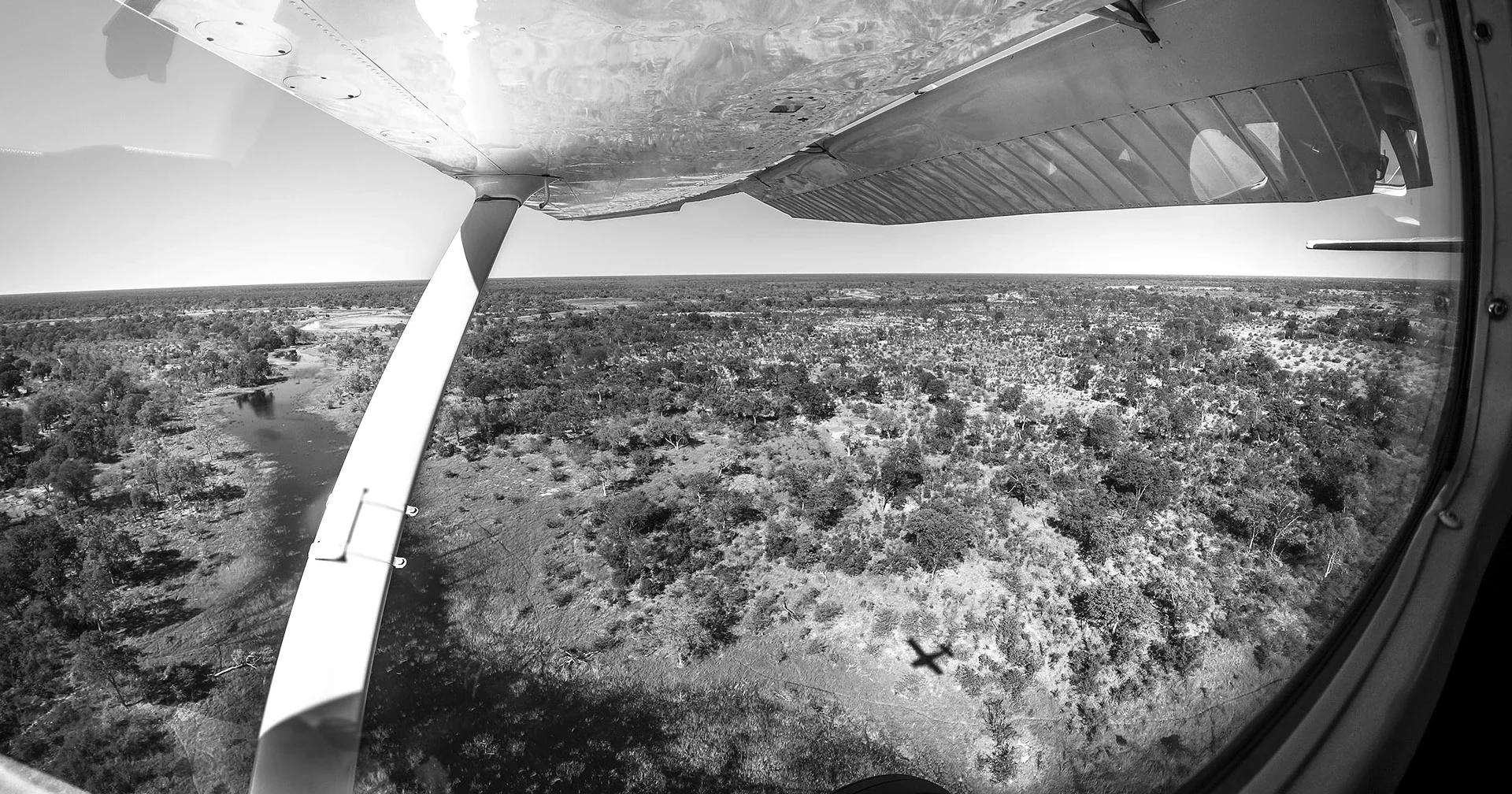
Get started on your trip
It’s never too soon to get in touch, we are here to help with every stage of your planning.
